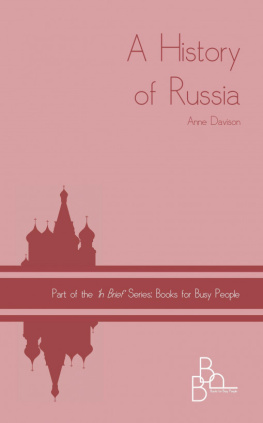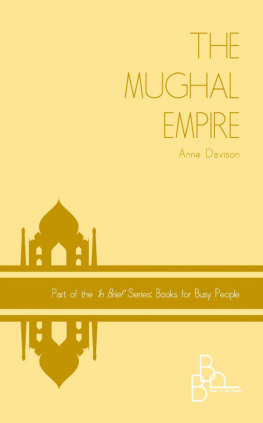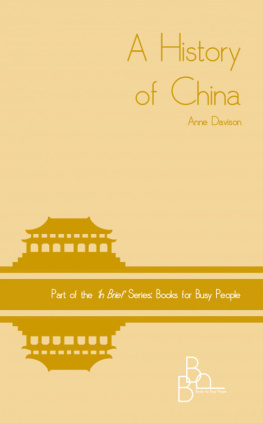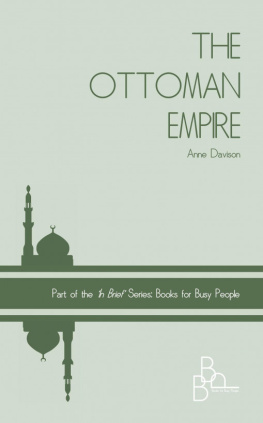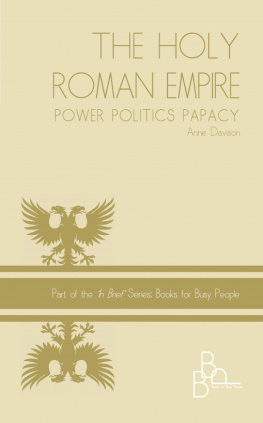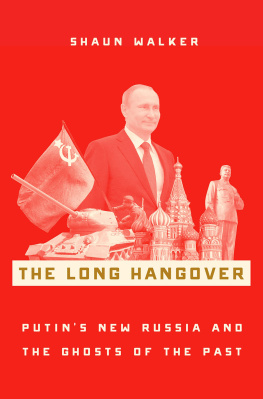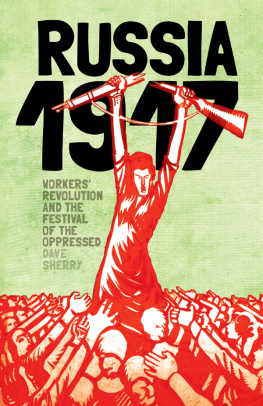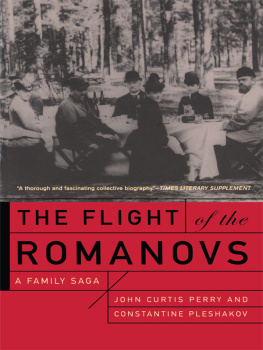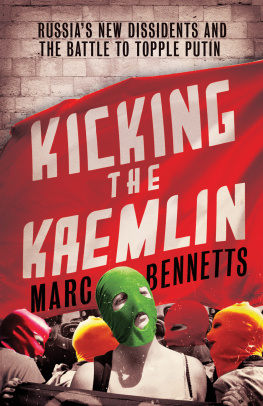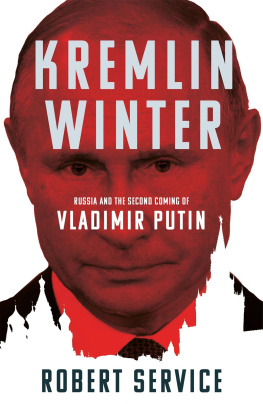Anne Davison - A History of RUSSIA
Here you can read online Anne Davison - A History of RUSSIA full text of the book (entire story) in english for free. Download pdf and epub, get meaning, cover and reviews about this ebook. year: 2018, publisher: Anne Davison, genre: Religion. Description of the work, (preface) as well as reviews are available. Best literature library LitArk.com created for fans of good reading and offers a wide selection of genres:
Romance novel
Science fiction
Adventure
Detective
Science
History
Home and family
Prose
Art
Politics
Computer
Non-fiction
Religion
Business
Children
Humor
Choose a favorite category and find really read worthwhile books. Enjoy immersion in the world of imagination, feel the emotions of the characters or learn something new for yourself, make an fascinating discovery.
- Book:A History of RUSSIA
- Author:
- Publisher:Anne Davison
- Genre:
- Year:2018
- Rating:4 / 5
- Favourites:Add to favourites
- Your mark:
A History of RUSSIA: summary, description and annotation
We offer to read an annotation, description, summary or preface (depends on what the author of the book "A History of RUSSIA" wrote himself). If you haven't found the necessary information about the book — write in the comments, we will try to find it.
October 2017 marked one hundred years since the Russian Revolution and the overthrow of the Romanov Dynasty. But as the anniversary approached, there appeared to be some ambivalence in the Kremlin as to how the event should be celebrated, if indeed, celebrated at all.
The mood in Russia was captured in Shaun Walkers enlightening article entitled Tragedy or triumph? Russians agonise over how to mark 1917 revolutions. Published in The Guardian newspaper on the 17th December 2016, the article reveals the dilemma facing President Putin and those charged with arranging anniversary events.
The article reports the words of journalist Michael Zygar, who said: There is no officially approved narrative of 1917; its too difficult and complicated. But its a very important period to help understand whats happening in Russia now, and very important for the national consciousness
Zygar continued: Theres no official line from the Kremlin they cant identify themselves with Lenin, because he was a revolutionary, and they cant identify with Nicholas II because he was a weak leader. This goes some way to explaining the problem facing President Putin. He would not want to celebrate the life of either a revolutionary or a weakling.
It could be said that the Soviet experiment was simply a blip in the long history of the Russian people and nationalities ruled from Moscow or Leningrad. But how, or why did the blip happen? More significantly, is the blip slowly being forgotten, while people and events from Russias glorious past are re-emerging into the Russian consciousness?
There are signs that this may be the case. Stalin has been brought in from the cold and a monument to Vladimir the Great has been erected outside the Kremlin. Even a monument of Ivan the Terrible has been unveiled on the grounds that through his expansionist policies he increased Russias territory. And the Russian Orthodox Church has been reinstated, not only as a moral force but also as a supporter of the Russian State.
Starting with the founding of the Kievan Rus in the 9th Century, this book looks back at Russian history to try and discover why these particular rulers are so relevant today. Chapters include the periods of the Mongol Yoke, Muscovy and the Romanov Dynasty. Later chapters cover the Russian Revolution and the Soviet period.
As with other books in the In Brief series, this book is aimed at the general reader who wants to understand a particular historical topic but does not have the time or inclination to read a heavy academic tome. With this mind, footnotes have been omitted.
While there will inevitably be gaps in a book of this size, the intention is to cover the most significant events that moulded Russian history. Should the reader be inspired to further reading on the subject, a small selection of the main works that have been consulted is given.
Where possible, maps and charts are provided which should help the reader navigate through the text. A Whos Who and Whats What is included at the end
Anne Davison: author's other books
Who wrote A History of RUSSIA? Find out the surname, the name of the author of the book and a list of all author's works by series.

